Boulder City: Built by the dam, for the dam
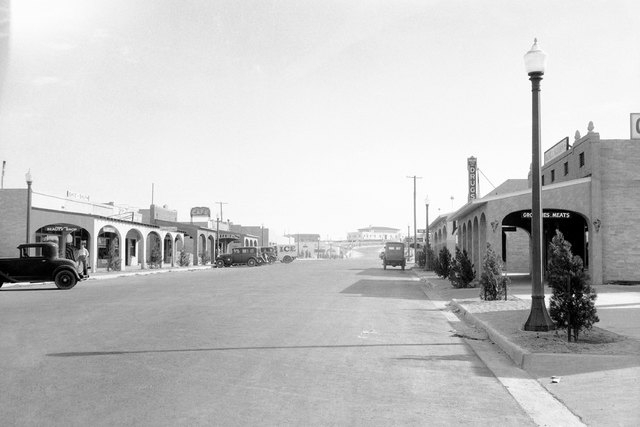
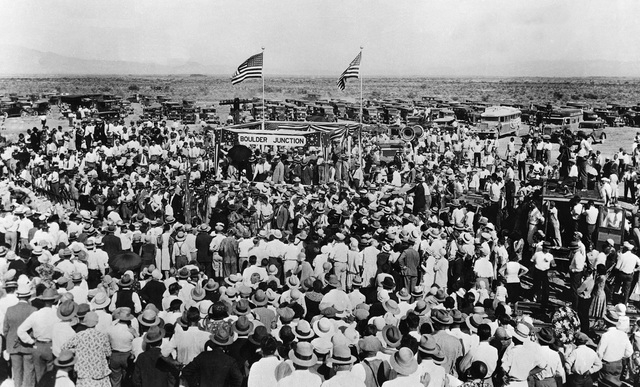

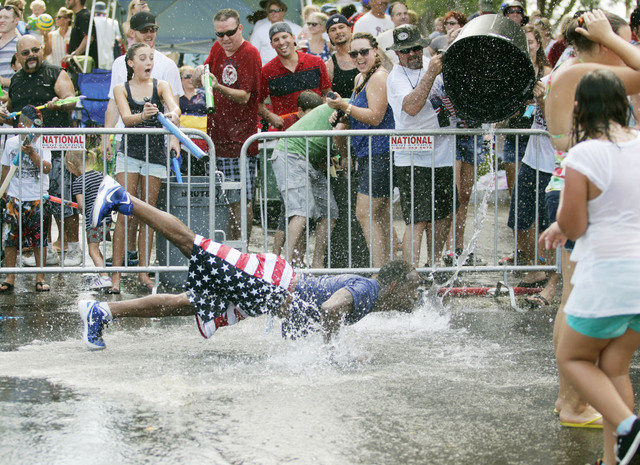


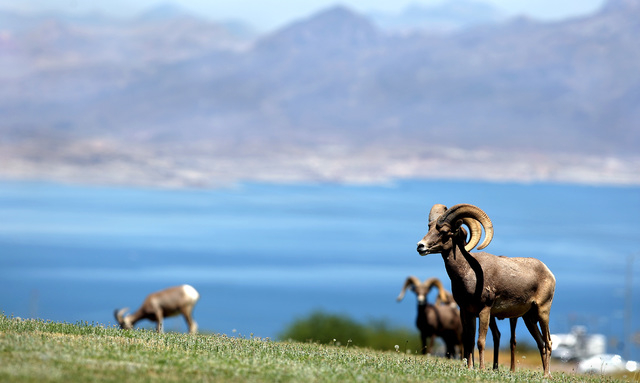

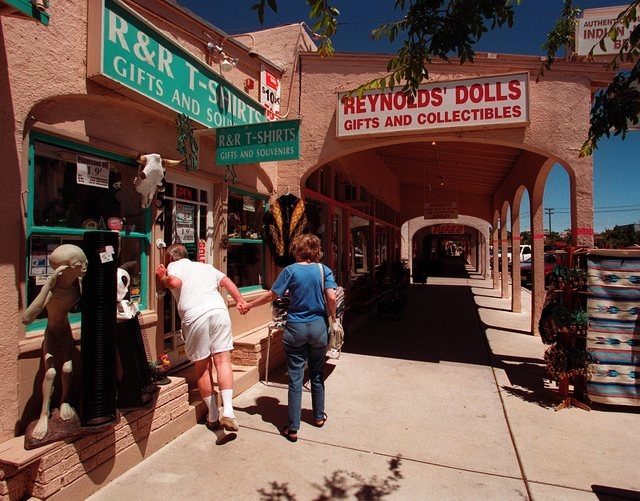

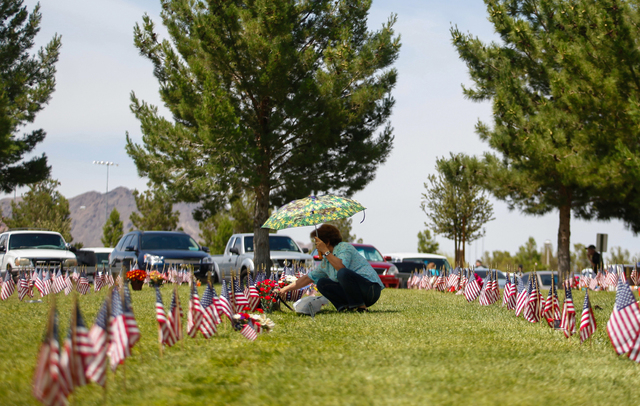


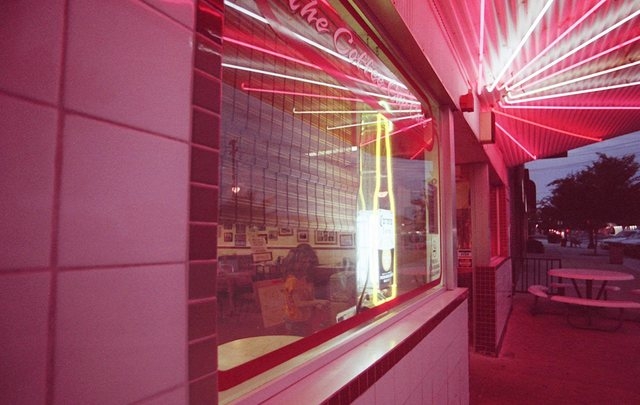
Editor’s Note: Nevada 150 is a yearlong series highlighting the people, places and things that make up the history of the state.
The road to Boulder City was once littered with empty liquor bottles.
Constructed some 33 miles southeast of Las Vegas, the town was born with a singular purpose: as the base camp for those who would build Hoover Dam.
Its isolation from the rest of Southern Nevada remains a point of pride.
“It always had a sense of remoteness, a sense of specialness, because it was so far removed from Las Vegas,” historian Dennis McBride said.
In 1928, when construction of the dam was ordered by Congress, the land where Boulder City now stands was a barren wasteland.
Government engineers quickly realized that they needed more than a cluster of tents to house the number of workers for the amount of time needed to erect what was to become a world marvel.
Shirl Naegle, 65, a longtime Boulder City resident, said the city of Las Vegas lobbied to house the workers.
When the secretary of the Interior came to see whether the young city could accommodate them, Las Vegas politicians tried to spruce things up by closing all the gambling houses, brothels and the bars that were open despite Prohibition.
“The secretary wasn’t impressed,” Naegle said.
Federal officials opted instead for a solution that would keep the Bureau of Reclamation in control of where the workers would be housed and prevent Nevada politicians from exercising any authority over the area.
Their motives were simple enough, McBride explained. They wanted to keep the liquor, gambling and prostitution — which were outlawed but were readily available up the road in Las Vegas — out of Boulder City.
The Six Companies, the conglomerate charged with building the dam, also didn’t want to have to pay state taxes, McBride said.
In 1930, “Government Survey Camp Number One” was established near where Boulder City eventually would be built. Prospective workers arrived in droves, driven to find work because of the Great Depression, with their whole families in tow.
Squatter camps began to pop up as construction got underway.
McBride said living conditions were horrendous, as workers battled the dangers of constructing the dam and the 125-degree heat only to return “home” to unsanitary camps were riddled with disease.
Construction of Boulder City came into full swing in February 1931, once the community got a train station and a graded road to Las Vegas, allowing building supplies to flow in.
The city was arranged like a flat triangle, with the Bureau of Reclamation’s administrative offices at the northern tip, built on a hill overlooking the city.
All roads in the city led to the government building, and the streets were named for the seven Western states that are drained by the Colorado River, McBride said.
Below that was government housing, a business district and temporary housing for workers from the Six Companies.
The town was built in 15 months and was unique to other construction camps because it accommodated women and children.
In August 1931, a strike erupted after the Six Companies ordered a wage cut.
Naegle said the strikers were eventually moved out of Boulder City, and a gated fence with a checkpoint was erected at Railroad Pass to prevent union organizers from entering the federal reservation.
Already Boulder City was Nevada’s first master-planned community. When the fence went up, it most likely became the state’s first gated community as well.
Besides labor organizers, the guard shack served to keep another unwanted item out: booze.
“They would search the cars entering the city, and any liquor found was confiscated,” McBride said. So as folks returned to Boulder City from a night out in Las Vegas, they would finish their alcohol and toss their liquor bottles out of their cars as they approached the checkpoint.
Of course, hooch still made it into the city. McBride recalled stories of people smuggling it in wrapped up with their babies.
The new city featured pool halls and a lone movie theater that was the first commercial building in town equipped with air-conditioning, giving workers a cool place to relax for a quarter.
The buildings in Boulder City were never meant to be permanent.
The town was slated to be demolished at the end of the project, but something unexpected happened after the dam was completed on March 1, 1936. Many of the people who came to work on the dam decided to stay.
The Six Companies obliged by selling them their homes while the federal government maintained control of the land, which included caring for the roads and the landscaping.
Most of those who stayed took jobs working for the Bureau of Reclamation or the federal government.
Others, McBride said, worked for state agencies or companies that had a stake in the dam’s hydroelectric power.
Naelge said it seemed normal to those who grew up in Boulder City to have everything run by the federal government.
“We didn’t really notice it,” he said. “We had rangers instead of policemen.”
A decade after the dam was completed, Boulder City businessmen sought the freedom to run the town on their own.
A bill to incorporate Boulder City was first introduced in Congress in 1946. Its sponsor was Sen. Berkeley Bunker of Nevada, whose hometown of St. Thomas was left at the bottom of Lake Mead thanks to the construction of Hoover Dam.
Bunker’s bill didn’t go anywhere, but the debate over incorporation continued for years.
“It was very controversial,” McBride said.
Some people wanted to own their own land. Others enjoyed the comfort of not having to govern the town or set tax rates to pay for it.
But incorporation was inevitable. “The federal government was not in the business of running towns,” McBride said.
Boulder City residents finally won local control of their community in 1959. At first, it did not go well.
“There were recall elections, questions about city council people getting heads-up on land being up for sale before anyone else had a chance to buy it,” McBride said. “Big fortunes were made on land by people involved in city government.”
In 1979, the city passed an ordinance unique to Southern Nevada to control growth by limiting new construction. The effect can still be seen today. Though the city has tripled in size since 1931, its population of 15,000 pales in comparison with the explosive growth seen in nearby Henderson and Las Vegas.
The sale of liquor was finally legalized in Boulder City in 1969, but gambling never was.
“Now it’s a point of pride,” McBride said.
Contact Francis McCabe at fmccabe@reviewjournal.com or 702-224-5512. Follow @fjmccabe on Twitter.

Celebrating the Silver State
1. There are 3.1 million cubic yards of concrete in Hoover Dam. The total goes up to 4.36 million cubic yards when you include the surrounding power plant and other structures. This much concrete would pave a standard highway 16 feet wide from San Francisco to New York City. For a collection of more interesting facts, see the Bureau of Reclamation’s FAQ page.

2. You can hike the Historic Railroad Tunnel Trail where trains hauled loads during construction of the dam. Railroad tunnels at the dam were used as a set location for “The Gauntlet,” a Clint Eastwood movie.

4. Construction was under the supervision of chief dam engineer Frank Crowe, nicknamed “Hurry Up.” The dam was completed two years ahead of schedule.












